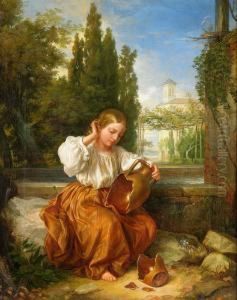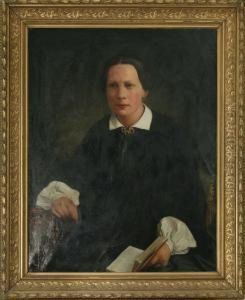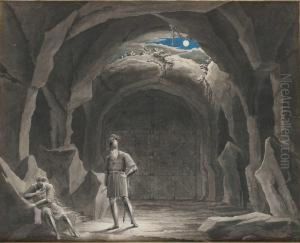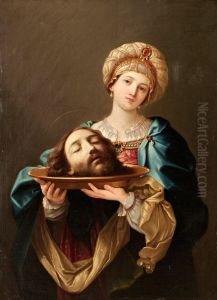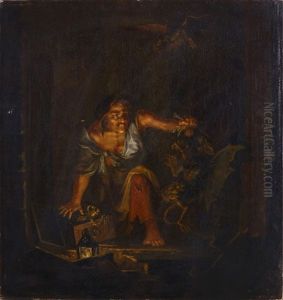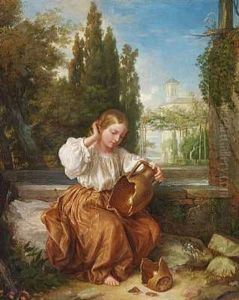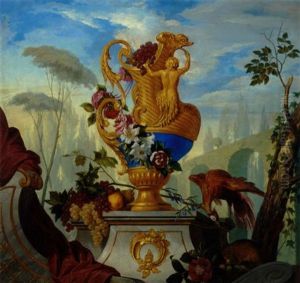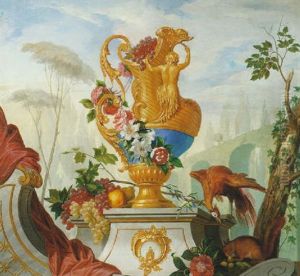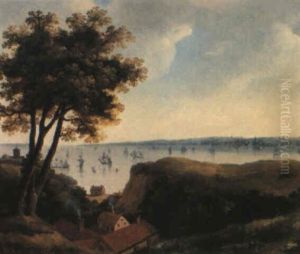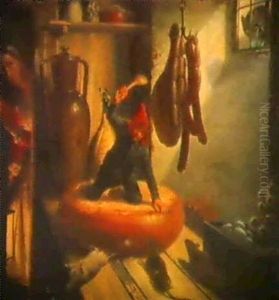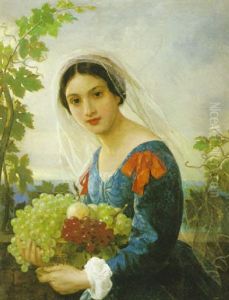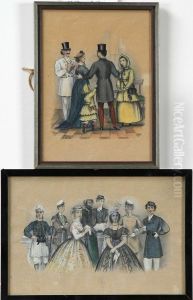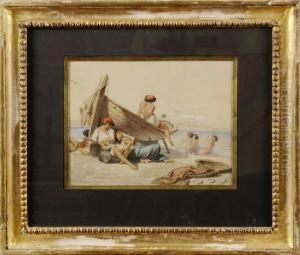Carl Gustaf Plagemann Paintings
Carl Gustaf Plagemann was a Swedish painter, primarily known for his genre paintings and landscapes. Born on July 18, 1821, in Stockholm, Sweden, he became one of the notable artists of the 19th century in his country. Plagemann showed an interest in art from an early age and pursued his passion by studying at the Royal Swedish Academy of Arts in Stockholm, which was the principal educational establishment for artists in Sweden at the time.
Plagemann's work often depicted scenes from Swedish rural life, capturing the everyday activities of the country's peasantry with a romantic sensibility. His paintings are characterized by their detailed and realistic portrayal of the subjects, often imbued with a warm, earthy palette that reflected the natural beauty of the Swedish countryside. He also painted historical scenes and portraits, but it is his genre scenes that garnered him the most acclaim.
Throughout his career, Plagemann exhibited his work widely. He participated in exhibitions at the Royal Swedish Academy of Fine Arts and also had his works displayed in other European countries. His art resonated with the burgeoning national romantic movement of the time, which sought to emphasize local history, folklore, and the natural environment.
Plagemann's contribution to Swedish art was significant during his lifetime, and his works continue to be appreciated for their historical value and artistic merit. Despite his success, he struggled with financial difficulties, which led to a tragic end. Carl Gustaf Plagemann died on January 5, 1873, in Stockholm. His legacy lives on in the collections of various Swedish museums and in the hearts of art aficionados who celebrate the genre and landscape traditions of 19th-century Sweden.
